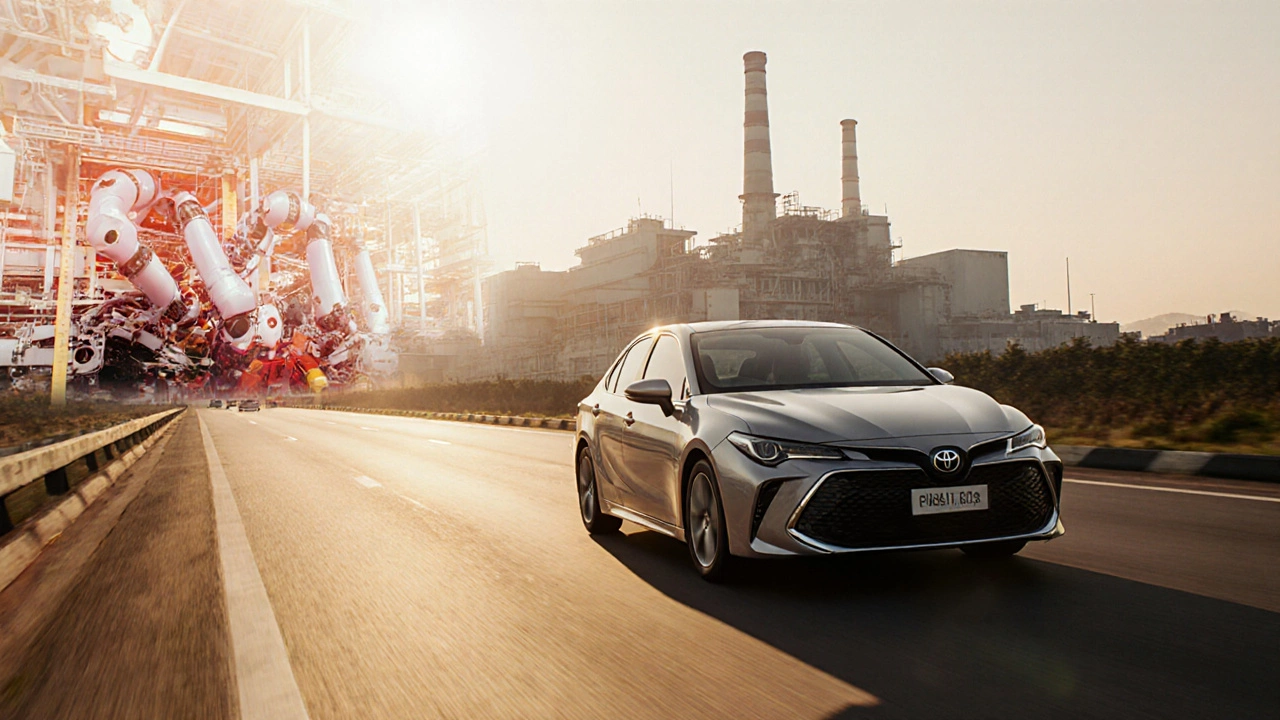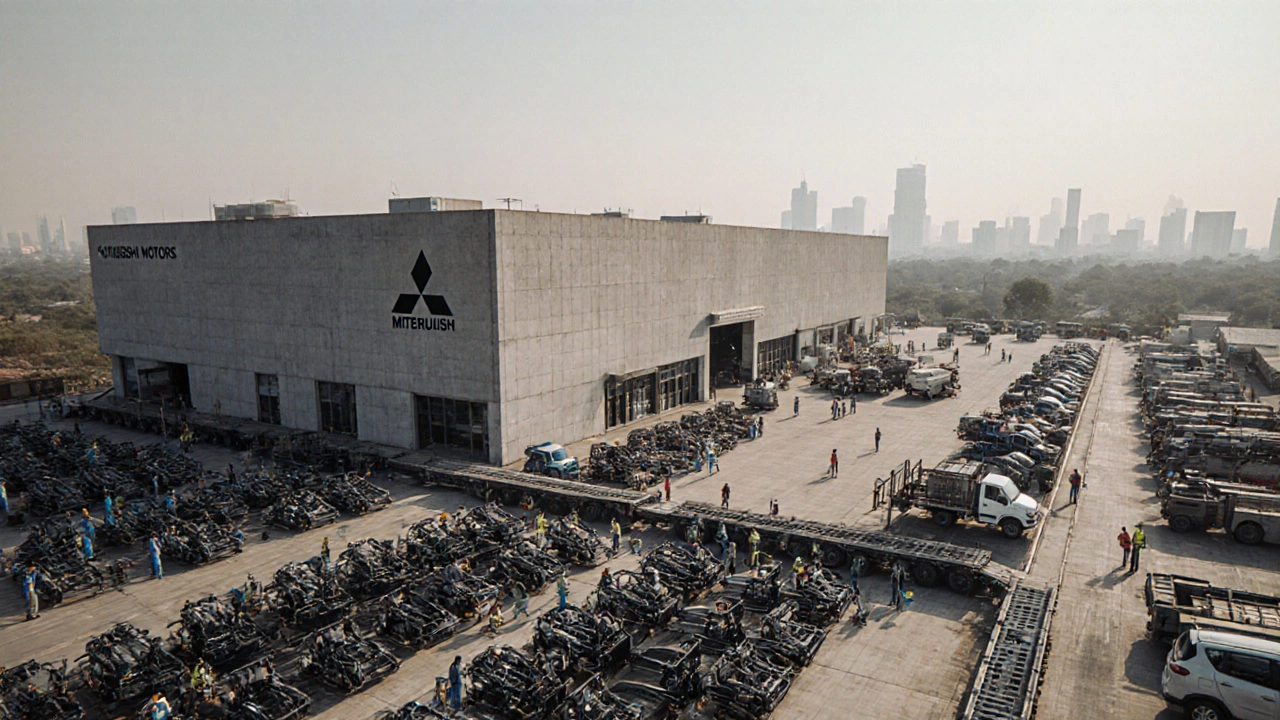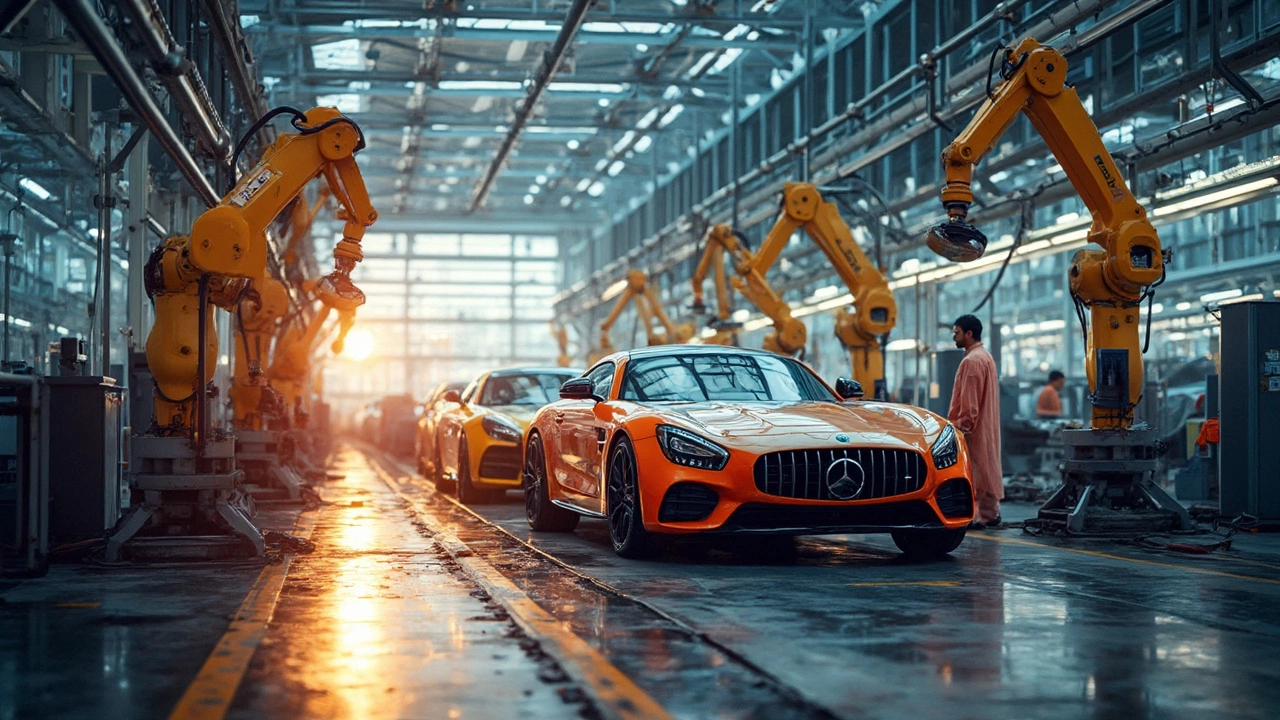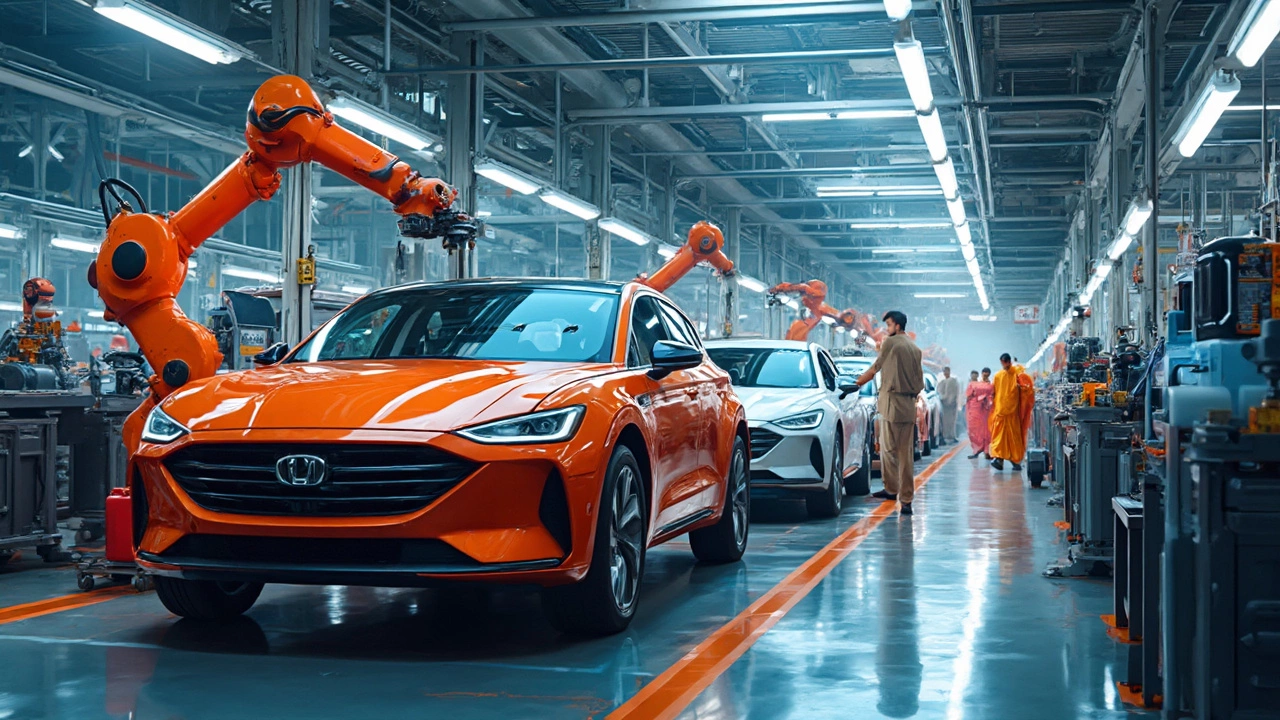Automobile Manufacturing in India: What’s Driving the Boom?
India’s auto sector is buzzing with activity. Factories are churning out cars, bikes, and even electric models at record speed. If you’re curious about why this happens and what it means for buyers and businesses, you’re in the right spot. Below we break down the main forces, recent headlines, and where the road is headed.
Why India’s Auto Manufacturing is Growing Fast
First off, the domestic market is massive. Over 300 million people means a huge pool of potential drivers, and rising incomes are turning more of them into car owners. At the same time, the government rolled out tax breaks and easier land‑use rules to lure global OEMs. Companies like Hyundai, Tata, and Mahindra have set up mega‑plants that employ thousands and export to nearby regions.
Another boost comes from the shift to stricter emission norms. The BS6 standards, which replaced the older BS4 rules, forced manufacturers to upgrade engines and adopt cleaner tech. This transition spurred investment in new tooling and created opportunities for local suppliers to produce advanced components.
Don’t forget the export angle. India now ships a surprising number of cars abroad—especially compact SUVs and electric models. This not only brings in foreign currency but also pushes factories to meet international quality benchmarks, raising the overall standard of production.
Key Trends Shaping the Future
Electric vehicles (EVs) are the hottest talk on the factory floor. The government’s push for a 30% EV share by 2030 has led to new battery assembly lines and partnerships with global tech firms. Expect to see more EVs rolling off Indian assembly lines in the next few years.
Automation is another game‑changer. Robots are handling welding, painting, and even quality checks, cutting down errors and speeding up output. Small‑scale manufacturers are also adopting affordable AI tools to predict demand and manage inventory more efficiently.
Lastly, supply‑chain resilience is high on the agenda. Recent disruptions taught firms to diversify sources, keep safety stock, and use digital twins to simulate production scenarios. This makes the whole ecosystem less vulnerable to shocks.
All these forces combine to make India a hotspot for automobile manufacturing. Whether you’re a buyer, investor, or just an auto enthusiast, understanding these dynamics helps you see the bigger picture and make smarter choices.

Top Car in India 2025: Which Model Rules the Roads?
Discover why the Hyundai Creta is crowned the king of Indian roads in 2025, with a data‑driven comparison of top cars, features, and resale value.

Who Manufactures Toyota Engines in India? A Complete Guide
Explore who builds Toyota engines in India, where the plants are, key suppliers, production capacity, and future hybrid plans.

Mitsubishi's Exit from India: Reasons and Impact
Mitsubishi Motors quit India in 2024 due to low sales, high duties, and regulatory hurdles. This article explains the timeline, reasons, impact on workers and dealers, and lessons for other foreign automakers.

Why Imported Cars Must Be 25 Years Old: Rules Explained with Import Tips
Here’s why imported cars need to be 25 years old, what’s behind this rule, and how it shapes car culture and buyers’ choices. Real reasons, real stories.

Why India Banned BS4 Diesel and Petrol Engines: The Shift to BS6 Standards
Discover which engines are banned in India, why the BS4 diesel and petrol engines got the boot, the impact on vehicles, and what the BS6 standards actually mean for drivers and businesses.

Why Indian Drivers Choose Toyotas: Secrets Behind the Craze
Explore why Toyotas are a top pick for Indian drivers. Dive into real reasons, from reliability and resale value to features loved by Indian families.

Ford and GM Failures in India: What Went Wrong?
Ford and GM, two global automotive giants, failed to crack the Indian market. Despite their global muscle, their brands never became household names among Indian car buyers. Local consumer tastes, pricing strategies, and after-sales support all played a part in their struggles. This article looks closely at why their game plan flopped and what future automakers can learn from their missteps. Get real facts, market stories, and practical takeaways for anyone interested in India's car scene.

Most Exported Car from India: The Surprising Leader
India is making waves in the automobile export community, with one car model standing out as the country's most frequently shipped abroad. Recent interest in India's robust automobile market has brought attention to the vehicles that roll off factories and onto international shores. This article delves into the unexpected leader among India's exported cars, exploring the factors behind its success. Gain insights into the practical reasons behind this vehicle's popularity and how India's automobile manufacturing is impacting the global market.

Richest Car Company in India: Who Tops the List?
India's car manufacturing industry has seen substantial growth, with several companies vying for the top position. This article explores which company is currently the richest, based on revenue and market share. We delve into interesting facts about these companies and examine what makes them stand out. Discover tips on why these car companies succeed and how they impact India's economy. You'll gain insights into the Indian automobile landscape and learn about what drives its leading players.

Are Chinese-Made Cars Sold in the US?
This article explores the presence of Chinese-made cars in the US market, examining how they've made their way from China's factories to American roads. Cars built in China have started to appear in the US, despite various challenges. We'll look into which brands are leading the charge and what this means for US consumers. Additionally, we'll discuss the implications for the automobile manufacturing landscape in India.

Buying a Car in the US and Bringing It to India: What You Need to Know
Wondering if you can buy a car in the US and bring it to India? This article covers the essentials—from understanding import regulations to assessing cost implications. Learn about compliance with Indian road safety standards and the documentation you'll need. Discover tips for a seamless process and insights into car re-registration requirements in India.

The Most Manufactured Car Model in the World: Insights and Trends
Dive deep into the fascinating world of car manufacturing to discover which vehicle has been produced more than any other. This article takes a closer look at the automotive industry's giants, especially focusing on the rising contributions from India. Learn about the historical trends, technological advancements, and the economic implications of car production on global and local scales. Whether you're an automotive enthusiast or someone curious about industry dynamics, this read offers valuable insights.











